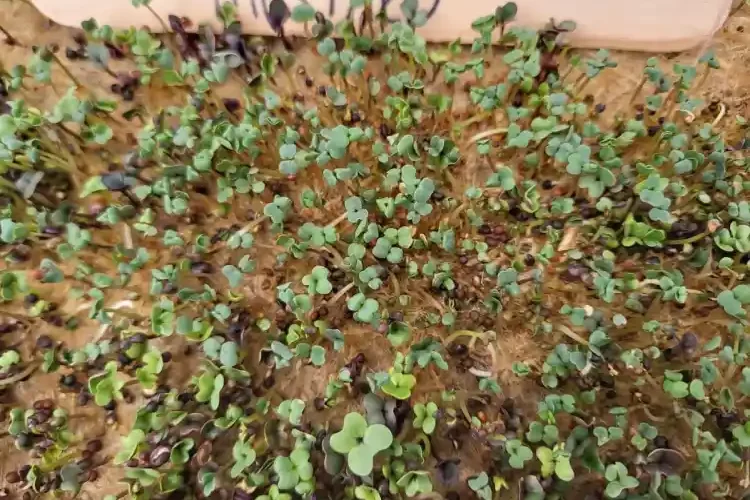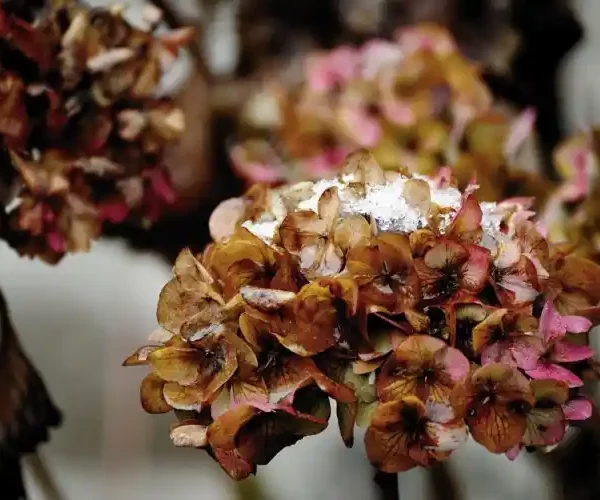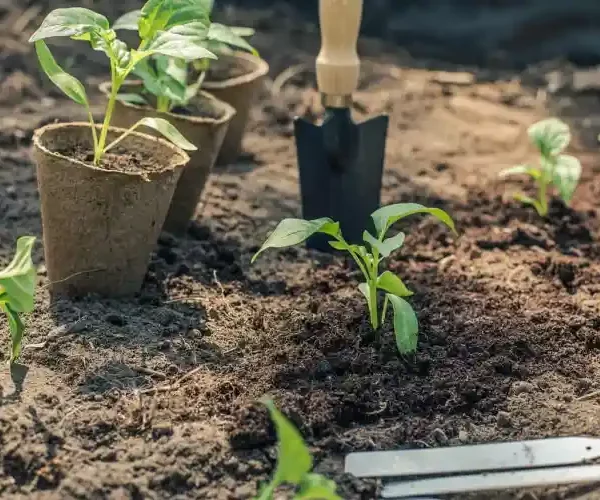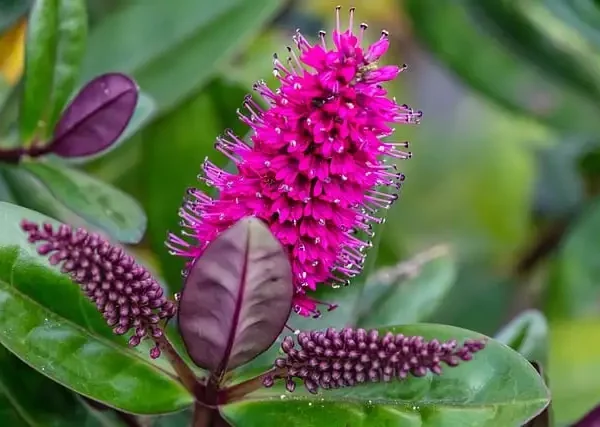Introduction to Mustard Microgreens
Mustard microgreens are tender, flavorful greens harvested at an early stage of growth, prized for their peppery taste and nutritional value. In this expert guide, we’ll walk you through the step-by-step process of growing mustard microgreens at home, from selecting seeds to harvesting your delicious crop.
Selecting Seeds and Materials
To begin, you’ll need high-quality mustard seeds specifically labeled for microgreen production, available at garden centers or online retailers. Additionally, gather shallow trays or containers with drainage holes, sterile potting soil, and a spray bottle for watering. Ensure all materials are clean and free from contaminants to promote healthy growth.
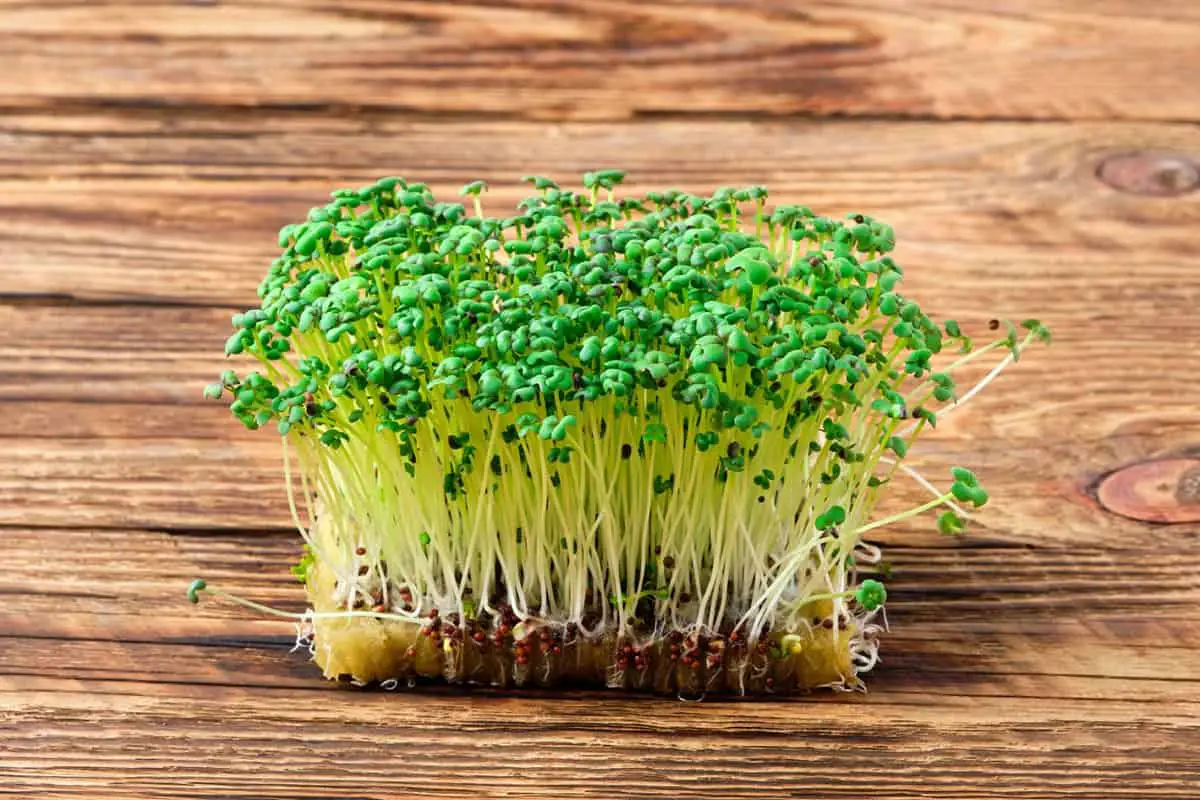
Preparing the Growing Medium
Fill your trays or containers with a thin layer of moistened potting soil, ensuring it’s evenly spread and compacted. Avoid overfilling to prevent excessive moisture retention, which can lead to mold or rot. Press down gently on the soil surface to create a firm, level base for planting your mustard seeds.
Planting and Germination
Sprinkle mustard seeds evenly across the surface of the prepared soil, aiming for dense but not overcrowded coverage. Lightly press the seeds into the soil using a clean hand or the back of a spoon to ensure good seed-to-soil contact. Mist the seeds with water using a spray bottle, then cover the trays with a clear plastic lid or plastic wrap to create a humid environment conducive to germination. Place the trays in a warm, well-lit area away from direct sunlight, maintaining consistent moisture levels throughout the germination process.
Care and Maintenance
Check your mustard microgreens daily to monitor moisture levels and seedling growth. Water the trays as needed to keep the soil evenly moist, taking care not to overwater and saturate the soil. Once the seeds have germinated and seedlings have emerged, remove the plastic covering to promote air circulation and prevent mold. Provide adequate light exposure by placing the trays near a bright window or using grow lights if natural light is insufficient.
Harvesting and Enjoying
After 7 to 14 days, depending on growing conditions, your mustard microgreens should be ready for harvest. Using clean scissors or shears, snip the greens just above the soil line, leaving the roots intact. Rinse the harvested microgreens under cold water to remove any soil particles, then pat them dry gently with a clean towel or paper towel. Enjoy your freshly harvested mustard microgreens immediately in salads, sandwiches, or as a garnish for soups and main dishes, savoring their vibrant flavor and nutritional benefits.
Tips for Success
- Ensure proper drainage to prevent waterlogging and fungal issues.
- Maintain consistent moisture levels to support healthy growth and prevent wilting.
- Rotate trays regularly to promote even light exposure and uniform growth.
- Harvest microgreens when they reach the desired size, typically 1 to 2 inches tall, for optimal flavor and texture.
Conclusion
Growing mustard microgreens at home is a rewarding and straightforward process that allows you to enjoy fresh, flavorful greens year-round. By following these expert guidelines and utilizing quality seeds and materials, you can cultivate a continuous supply of nutritious microgreens to enhance your culinary creations and promote overall well-being.
What are mustard microgreens?
Mustard microgreens are young, edible greens harvested from the mustard plant at an early stage of growth. They are prized for their peppery flavor and tender texture, making them a popular addition to salads, sandwiches, and other dishes.
Why grow mustard microgreens?
Growing mustard microgreens at home allows you to enjoy fresh, nutritious greens year-round. They are easy to grow, require minimal space and equipment, and provide a convenient source of vitamins, minerals, and antioxidants.
How long does it take to grow mustard microgreens?
Mustard microgreens typically take 7 to 14 days to reach maturity, depending on growing conditions such as temperature, light exposure, and moisture levels. They can be harvested once they reach a height of 1 to 2 inches.
What materials do I need to grow mustard microgreens?
To grow mustard microgreens, you will need mustard seeds, shallow trays or containers with drainage holes, sterile potting soil, and a spray bottle for watering. Additionally, you may use a clear plastic lid or plastic wrap to create a humid environment for germination.
How do I plant mustard microgreens?
Plant mustard seeds evenly across the surface of moistened potting soil in trays or containers, then lightly press them into the soil. Mist the seeds with water using a spray bottle and cover the trays with a clear plastic lid or plastic wrap to create a humid environment for germination.
Where should I place my mustard microgreens for optimal growth?
Mustard microgreens should be placed in a warm, well-lit area away from direct sunlight during the germination process. Once the seeds have sprouted, they can be moved to a bright window or provided with supplemental grow lights for optimal growth.
How often should I water my mustard microgreens?
Water your mustard microgreens regularly to keep the soil evenly moist, but not waterlogged. Use a spray bottle to mist the seeds and seedlings, taking care not to saturate the soil. Monitor moisture levels daily and adjust watering as needed.
Can I grow mustard microgreens indoors?
Yes, mustard microgreens can be grown indoors year-round, making them an ideal option for urban gardeners or those with limited outdoor space. Provide adequate light exposure and maintain consistent moisture levels to ensure healthy growth.
How do I know when my mustard microgreens are ready to harvest?
- Tennessee’s THC Beverage Market - June 5, 2025
- Top THC Infused Seltzers in Delaware - June 5, 2025
- Florida’s Hottest THC Infused Beverages - May 28, 2025

